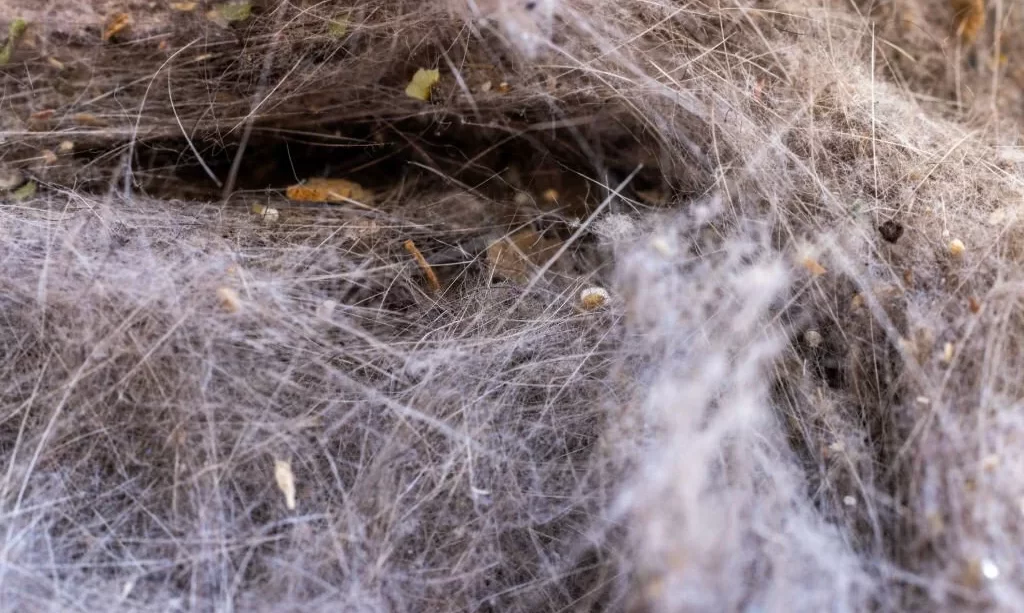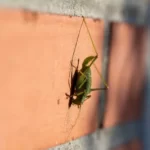As pet lovers, our furry companions bring immense joy and warmth to our homes. However, they also bring a less-welcome guest: pet fur. Dealing with pet fur accumulation is a common challenge for pet owners. Whether you have a cat or a dog, fur seems to find its way into every nook and cranny of your living space. In this article, we’ll explore where fur is most likely to collect indoors and share effective strategies for managing and minimizing this furry nuisance. By understanding where pet fur tends to lurk and how to tackle it, you can maintain a clean and comfortable home that’s welcoming to both you and your four-legged family members.
Fur Magnets: Common Areas for Accumulation
Pet fur has a knack for finding its way into various corners of your home. Some areas are particularly prone to accumulating pet hair. These fur magnets include:
- Upholstered Furniture: Couches, chairs, and cushions are notorious for trapping pet fur due to their fabric surfaces.
- Carpets and Rugs: The fibers of carpets and rugs can capture and hold pet hair, making it more challenging to remove.
- Bedding: If your pets share your bed, you’re likely to find fur on sheets, blankets, and pillows.
- Clothing: Your clothes can become inadvertent fur collectors, especially if you have cuddly pets.
- Pet Beds and Resting Spots: The areas where your pets sleep and relax are prime spots for fur buildup.
Minimizing Fur Buildup
While it’s nearly impossible to eliminate pet fur entirely, there are steps you can take to minimize its accumulation in your home. Grooming your pets regularly is one of the most effective measures. Brushing and combing your pets will help remove loose fur before it ends up on your furniture or clothing. It’s also beneficial for their health and well-being.
Additionally, consider using specialized pet hair tools, like lint rollers and pet hair brushes, to keep your belongings fur-free. Investing in washable, pet-friendly furniture covers or using slipcovers can protect your upholstery. Regularly washing pet bedding and vacuuming carpets and rugs will help keep fur under control. By implementing these practices, you can create a cleaner and more fur-friendly living environment for both you and your beloved pets.
Cleaning and Removal Techniques
When pet fur has already found its way into your home, effective cleaning and removal techniques become essential. Consider the following strategies to keep pet hair at bay:
- Vacuuming: Invest in a vacuum cleaner equipped with a pet hair attachment or a high-efficiency particulate air (HEPA) filter. Regular vacuuming not only removes pet fur from carpets and floors but also prevents it from becoming deeply embedded.
- Lint Rollers: Keep lint rollers handy to quickly remove fur from clothing and upholstery. They are a quick and easy way to tackle fur on the go.
- Rubber Gloves: Damp rubber gloves can be surprisingly effective at gathering pet hair from furniture or fabric. Simply rub your gloved hand over the surface to collect the fur.
- Duct Tape: Wrapping duct tape around your hand, sticky side out, can be used as a DIY lint roller for spot cleaning.
- Pet Hair Removal Tools: Specialized pet hair removal tools, such as pet hair brushes and gloves designed for this purpose, can make the task of fur removal more efficient.
By incorporating these techniques into your cleaning routine, you can maintain a fur-free environment and make your home more comfortable for both you and your pets.
Fur-Friendly Home Design
Creating a fur-friendly home design can go a long way in reducing pet hair accumulation. Consider the following design elements:
- Choose Pet-Friendly Materials: Opt for furniture and upholstery made from materials that resist pet hair accumulation, like leather or microfiber.
- Area Rugs: Use washable area rugs that can be easily cleaned when pet fur accumulates.
- Pet-Specific Spaces: Designate specific pet areas within your home where pets can play, rest, and shed without affecting your entire living space.
- Pet Gates: Use pet gates to restrict your pets’ access to certain rooms, minimizing fur in those areas.
- Slipcovers: Slipcovers for furniture are not only functional but also allow for easy removal and washing when they become fur-covered.
By incorporating these design choices, you can create a home that is more fur-tolerant and easier to maintain.
Conclusion
Pet fur is a part of life for pet owners, but with the right knowledge and strategies, it doesn’t have to take over your home. Understanding where pet fur is likely to collect and implementing effective removal techniques can significantly reduce the impact of fur on your daily life. Additionally, designing a fur-friendly home can make it easier to manage and maintain a clean and comfortable living environment.
As you navigate the world of pet ownership, remember that the presence of pet fur is a small price to pay for the joy and companionship our furry friends bring. By taking these steps, you can ensure that your home remains a happy and harmonious space for both you and your beloved pets.



